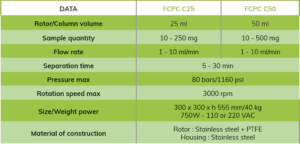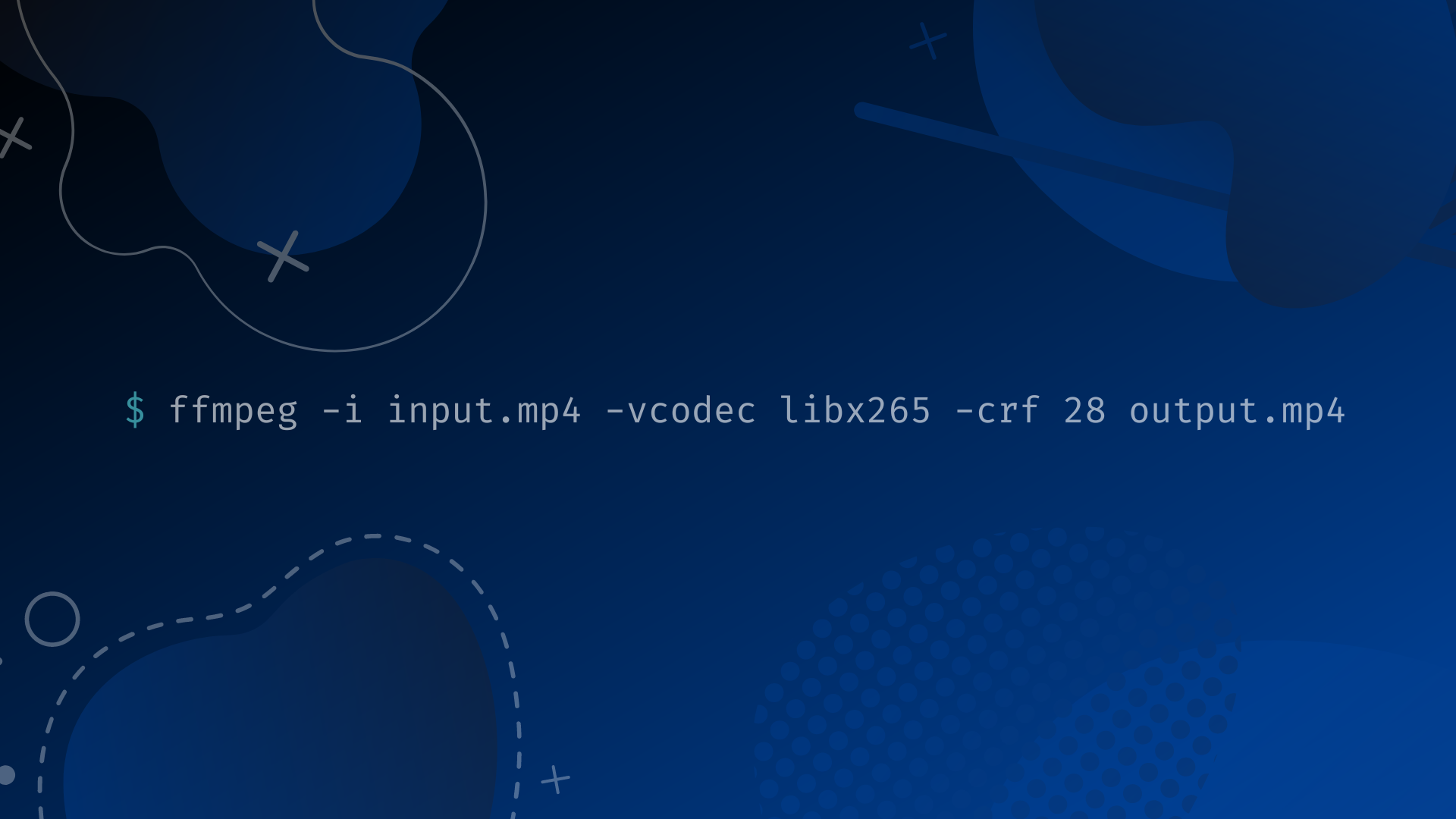

Here's an example command using a 1280x720 h.264. In FFMPEG, you need to set the bitrate properly in order for the built-in DNxHD encoder to work. If you really want to take a look at the full list, check out this Wikipedia page:

It works great, but has an incredibly unintuitive naming system for different quality levels and resolutions based on the overall bitrate of the video. They have roughly equivalent quality to ProRes, but, like Media Composer, are organized in a more complicated manner.ĭNxHD is the first variant of Avid's intermediate codec, and focuses (as the name suggests) on high-definition resolutions. They have larger bitrates than consumer video codecs, but they still represent a significant space savings over fully uncompressed video.ĭNxHD and DNxHR are Avid's intermediate codecs, designed to work well with Avid Media Composer, and as competition for ProRes. So, unlike most h.264 implimentations, they focus on low CPU usage, retaining as much detail as possible, and an ability to be re-compressed several times without significant loss in quality. This means that they're designed to be used to transcode footage from other sources into a form that's easy for video editing programs to work with while maintaining quality. There's a bunch of other options you can put in amongst this, but basically, this is the way the command is structured.ĭNxHD, DNxHR, ProRes and Cineform are all what are known as "intermediate codecs". Simple enough, right? -i for input, -c:v for video codec, -c:a for audio codec, and then the name of the output file. Note that the line below doesn't actually run as written this is just to show you the basic structure of the command:įfmpeg -i "inputvideo.mp4" -c:v videocodec -c:a audiocodec "outputvideofile.mp4"

Regardless, I'm going to assume for the rest of this post that you already have FFMPEG installed.įirst, let's start with a quick review of an FFMPEG command. Most of the steps work for other OSes, but I won't cover the differences here. Virus scanning all files is strongly encouraged, but not a 100% guarantee of safety.Īlso, this tutorial is for Windows 10. Or, you could try setting up both the 32-bit and 64-bit versions of FFMPEG (along with AVISynth+) at the same time.īIG DISCLAIMER: This process may not work, may crash, or do other things to your system. If you want a video tutorial for a comprehensive FFMPEG setup, check out my tutorial for setting up FFMPEG 32-bit (along with an alternate install method for AVISynth+). If you want a comprehensive look at FFMPEG for a bunch of editing tasks, the above link is the way to go. Also, a shoutout to /u/kichigai on the Reddit /r/editors subreddit for his excellent FFMPEG for editors FAQ: Before I begin, I'd like to acknowledge Jon Hall, whose recently deceased web page taught me how to set up FFMPEG in my system path.


 0 kommentar(er)
0 kommentar(er)
